Why This Artist Knew She Belonged in the Classroom
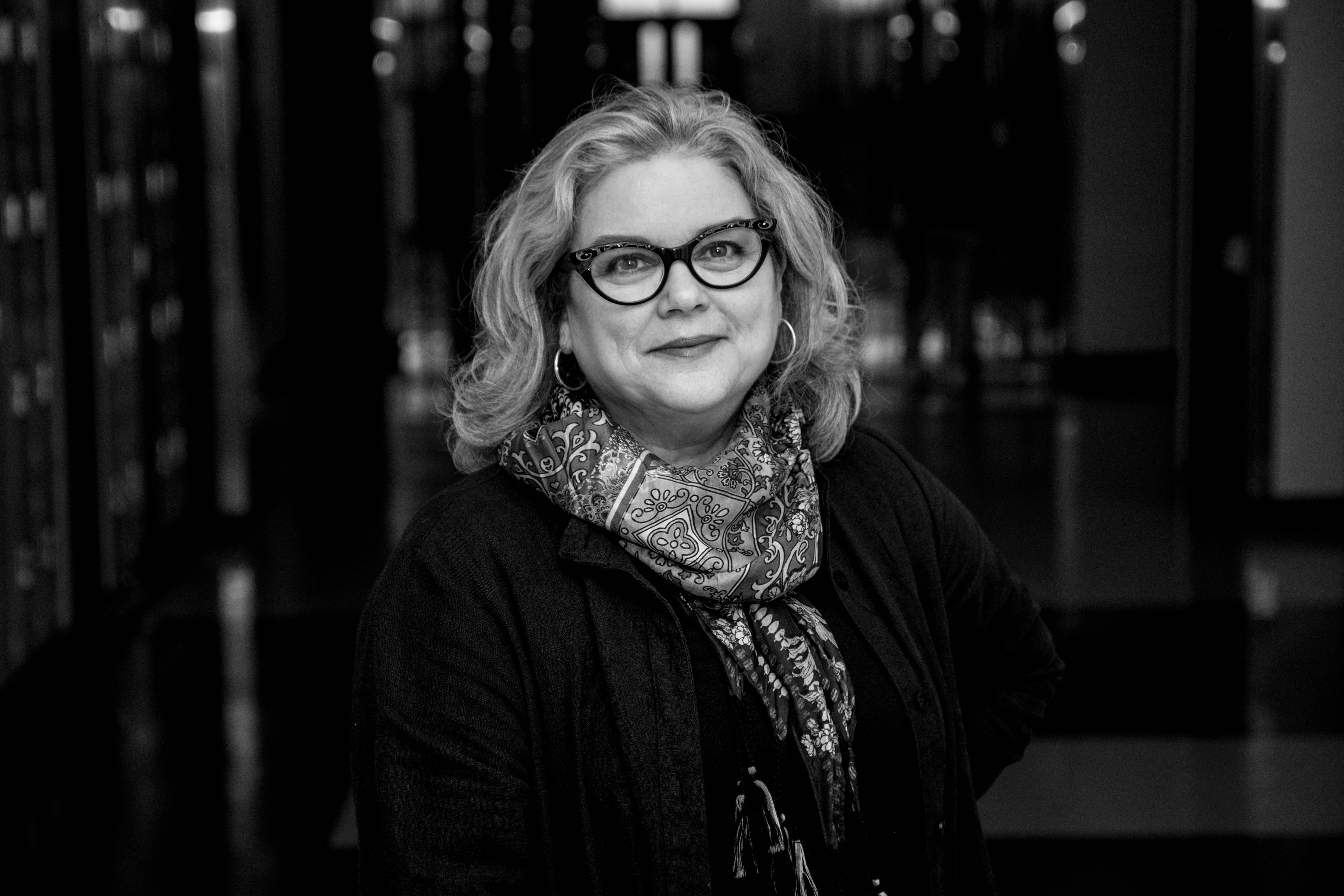
“My favorite thing ‘till the day I die will be when a student enters my class at the beginning of the year and says ‘I can’t do it, I’m just not good at this,’” reflected Stephanie Lowe, Ánimo College Preparatory Academy (ACPA) art teacher. “Despite this belief, they work, you push and support them, and then comes this moment when you’re sitting with someone who has done something they formerly thought was completely impossible.” It is this growth mindset that made Lowe fall in love with teaching and why Green Dot has been her home for the past nine years.
During her time at Green Dot, she helped establish two Advanced Placement (AP) art programs and exposed students to museums and landmarks across California, and even across the world in a trip to Europe!
Expanding Arts Education
“She’s a person who loves you, but will push you and challenge you because she believes in you that much,” said Francisco Perez, senior at ACPA. “Because of her class, I’ve explored media I probably wouldn’t have been able to study outside of school. Cameras are expensive and so are photography classes, but through Ms. Lowe’s class I’m improving my skills every day.”
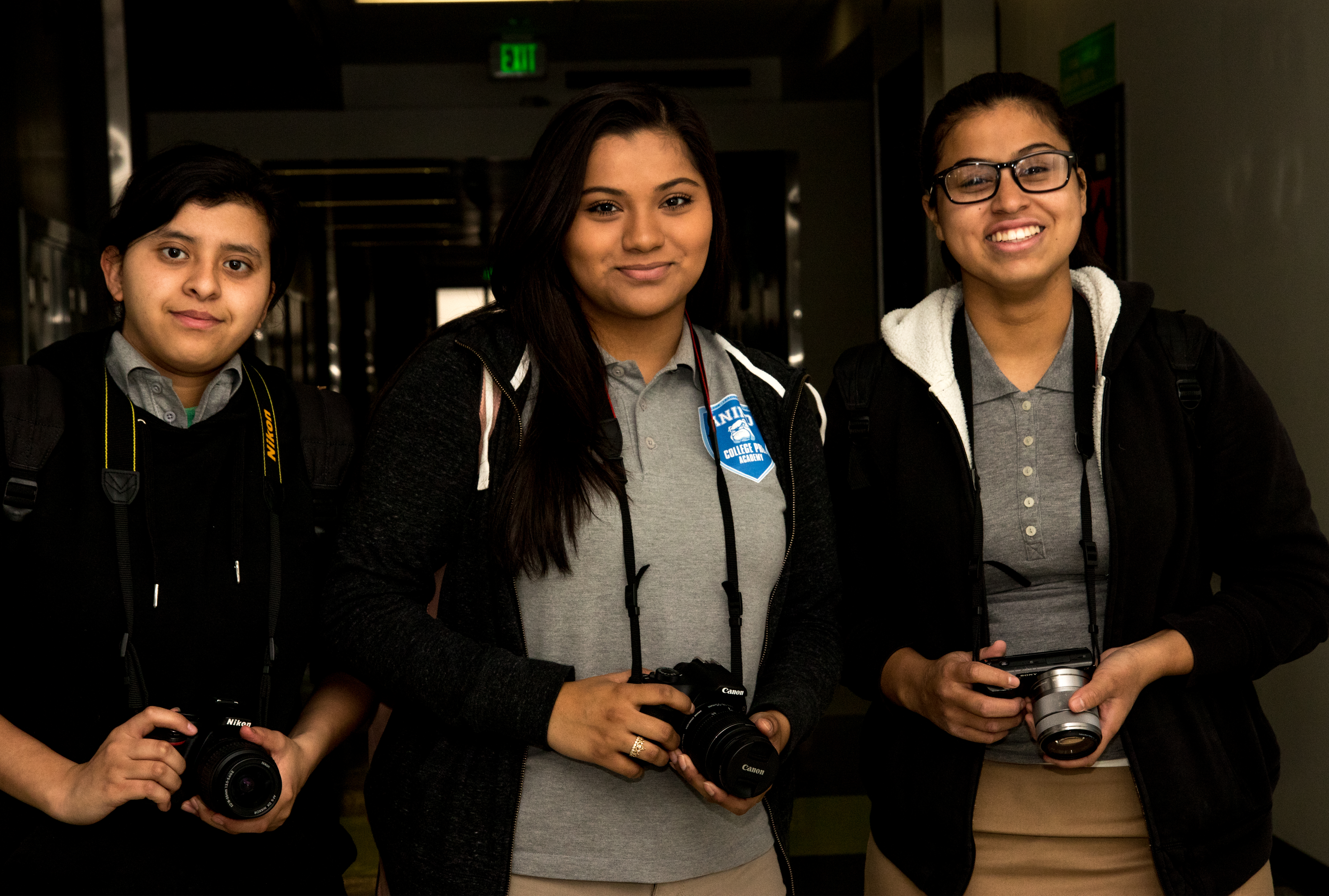
Lowe began her journey into education by working with Free Arts for Abused Children, a program that uses art to develop and cultivate leadership skills, self-esteem, resiliency, and a belief in a positive future. “When I started working with teens, I knew I could do this work for the rest of my life,” reflected Lowe. Seeing the decline of arts education across the state while simultaneously witnessing its transformative power made her realize her place was in the classroom. “I first encountered Green Dot as a substitute teacher at Alain LeRoy Locke College Preparatory Academy in 2008,” said Lowe. “The work was challenging, but I immediately fell in love with Green Dot and knew I had to work here.”
Lowe joined Green Dot as an art teacher at Ánimo Venice Charter High School , where she started the AP Art program with digital arts teacher John Kannofsky. “I wanted to give students the opportunity to experience the arts at a more serious level, because oftentimes an arts education is not accessible to the students we serve,” said Lowe. According to the Santa Barbara Alliance For Arts Education, only 11% of public schools in California meet state goals for arts instruction.
There have been countless studies that point to the study of arts being a key component in improving student learning across all academic areas. At its core, an arts education improves student self-esteem, provides them with a creative outlet, promotes cultural exposure, and equips students to better express their emotions– all of which aid them on their road to college.
“Many times our students have gone without the types of art education that their more affluent peers receive.” – Stephanie Lowe
“Many times our students have gone without the types of art education that their more affluent peers receive.” Lowe’s collaboration with Kannofsky has evolved into a suite of options for students at Ánimo Venice, with three levels of the art program: introductory, advanced, and AP. Once students have mastered introductory and advanced classes, they are able to choose from AP Drawing, AP 2D Art, or AP Photography. In these AP courses, students work towards mastering a chosen concentration, advancing their technical skills, and creating a portfolio of their best work.
Normalizing Exposure to the Arts
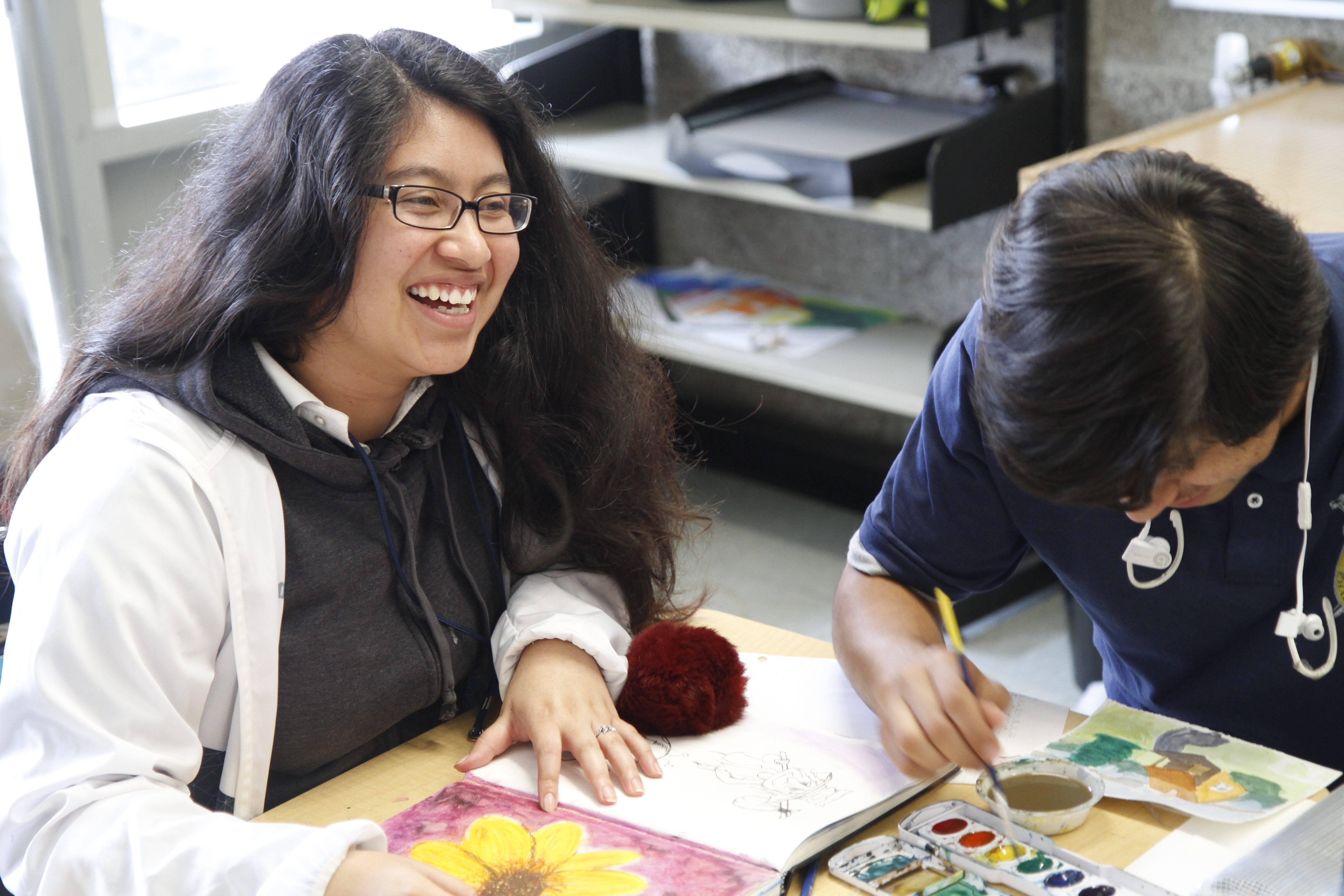
Across town in Watts, the art program at ACPA provides students with access to foundational art courses in a variety of disciplines that pushes and challenges them to develop skills and knowledge. A high quality art program helps to foster and sustain a school community that truly values self expression and the arts. “The one misconception about art is that it’s all about ability or skill,” recalled Lowe. “When in fact, there is only one component on the rubric that grades ability, the rest critiques students on experimentation, decision making, ability to grow a theme, and convey their vision.”
To further expose students to the arts, Lowe has established close partnerships with art and cultural organizations to provide students with additional learning opportunities, not only at their school but across many institutions. Through these partnerships, Lowe has been able to expose students to a considerable amount of art at the Getty Museum, the Autry Museum of the American West, the Broad Museum, and the Los Angeles County Museum of Art (LACMA).
Through these partnerships, Lowe has been able to expose students to a considerable amount of art at the Getty Museum, the Autry Museum of the American West, the Broad Museum, and the Los Angeles County Museum of Art (LACMA). “I remember on a field trip to LACMA I was going over expectations and one of the students told me ‘Ms. Lowe, these aren’t even the real ones,’” recalled Lowe. The student thought the original pieces had been swapped out with replicas. She was taken aback, and asked him why he believed that. The student replied: “They wouldn’t let people like us around the real ones.”
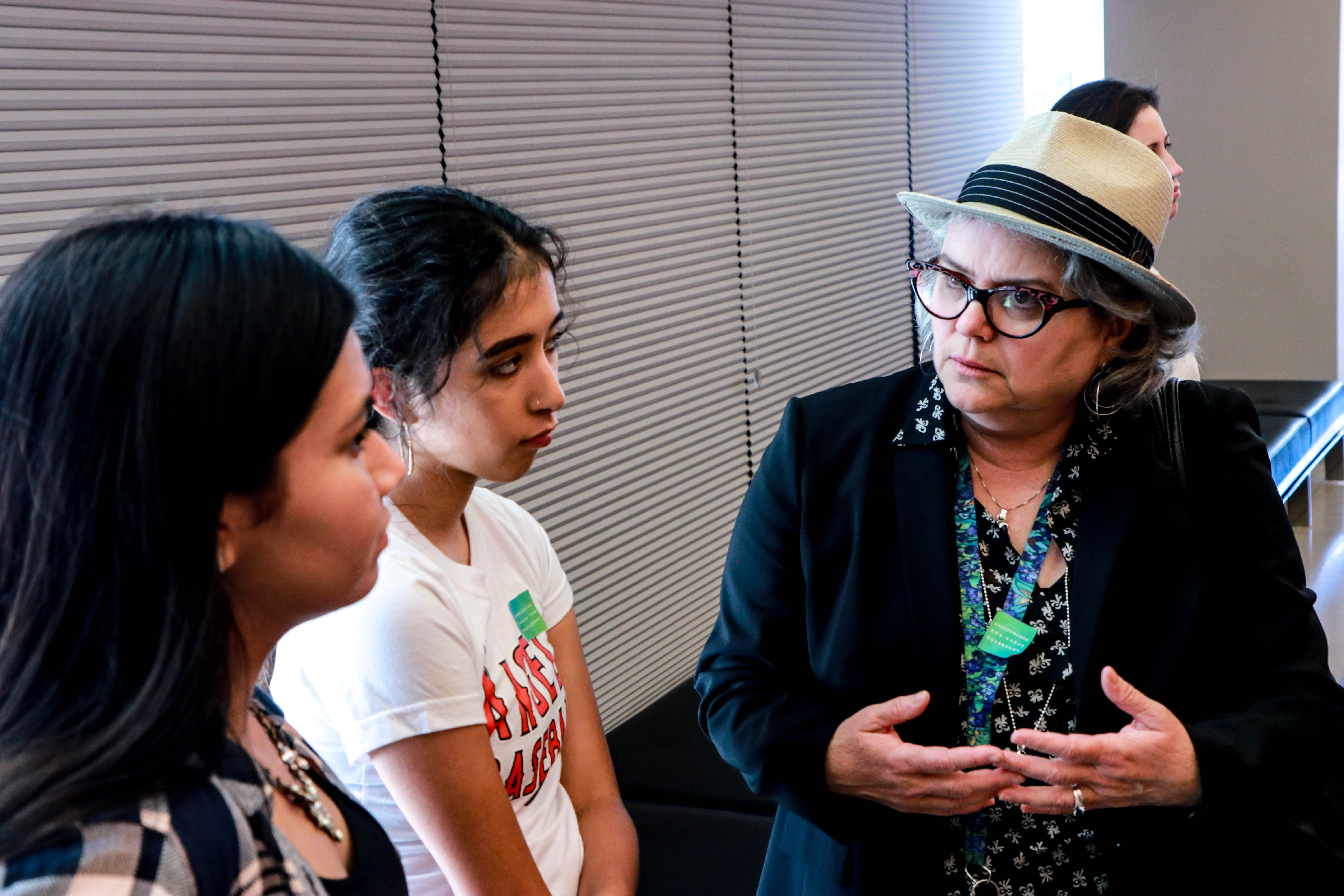
This moment reinforced the importance exposing students to the arts, helping students normalize access to important and valuable cultural markers. “Our students need to know that regardless of their zip codes these are their spaces as well,” said Lowe.
The Next Chapter
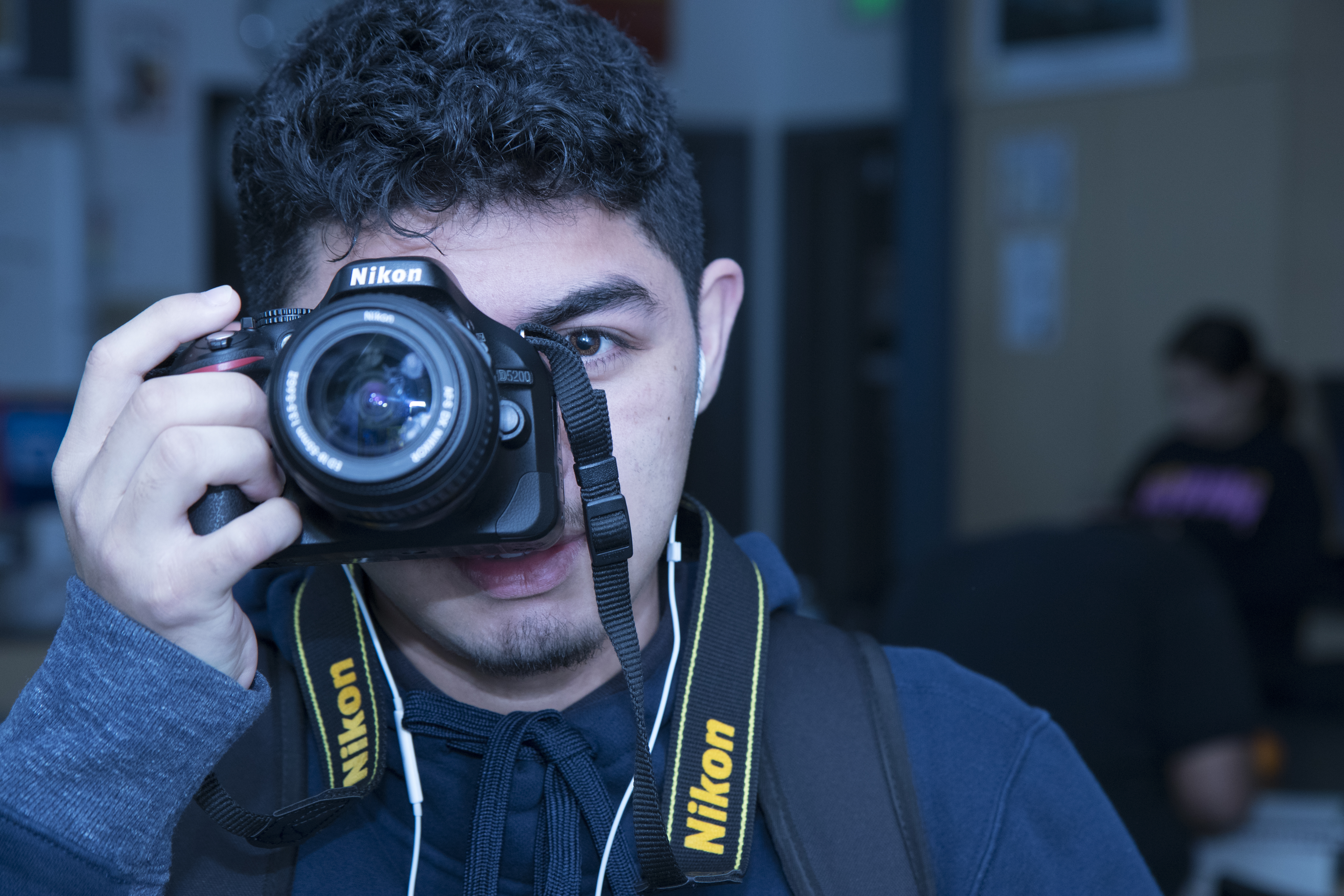
After seven years at Ánimo Venice, Lowe set out to establish a robust art program at ACPA. Lowe wanted to ensure that all Green Dot students had access to a high quality arts education. “An arts education provides students with the freedom to innovate and be creative. Though they are critical, math and science are just words on a page unless someone creative does something with them,” said Lowe. “The iPhone doesn’t happen solely because, you know ‘science’; it happens because you understand science and are creative. So for our students to be prepared for 21st century careers, we have to consistently provide them with knowledge while fostering their creativity.”
In 2015, the Otis College of Art and Design reported that one out of six jobs in Southern California is now in the creative industry, which amounts to over 418,000 careers. And while Southern California is a creative capital, we know it’s important that all students are equipped with the skills to flourish in the dynamic careers of the future, creative or not. For ACPA senior Alberto Dalba, Lowe’s class is the highlight of his day: “She really cares about us and our growth as artists and students, through improving our techniques, pushing us to create art in new ways, and giving us opportunities to be creative and broaden our minds.”
Read More About How We Prepare Students For 21st Century Careers
